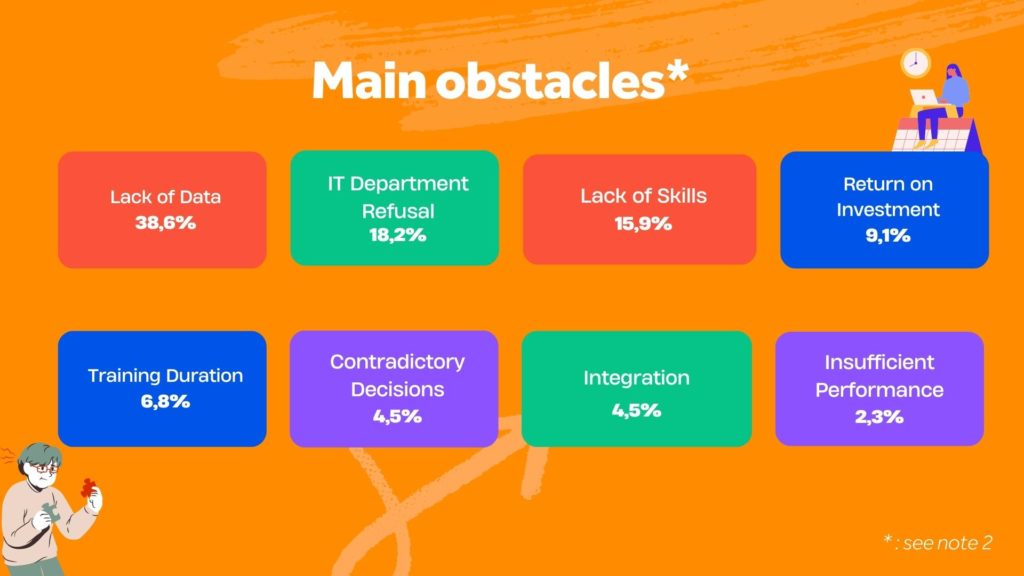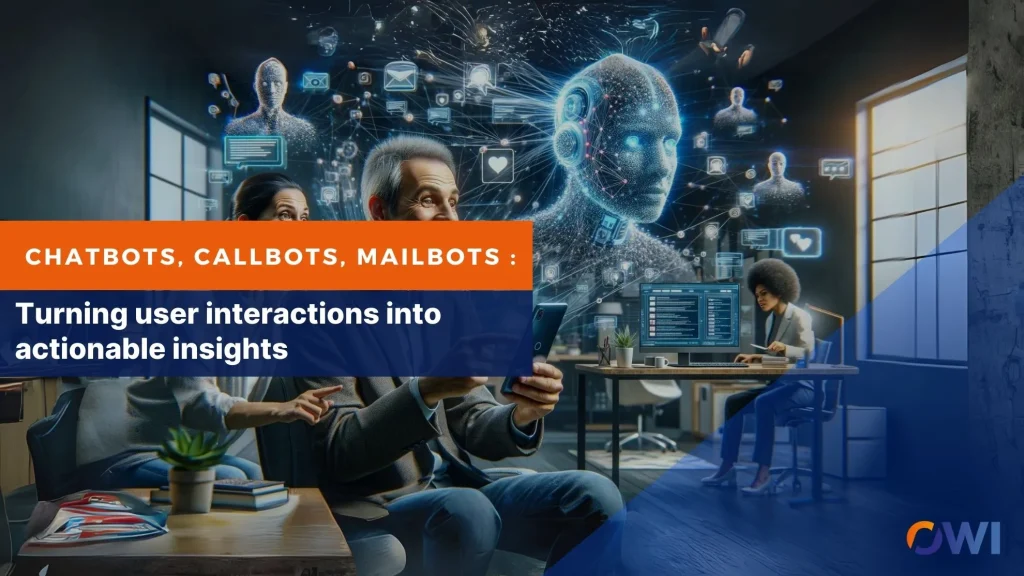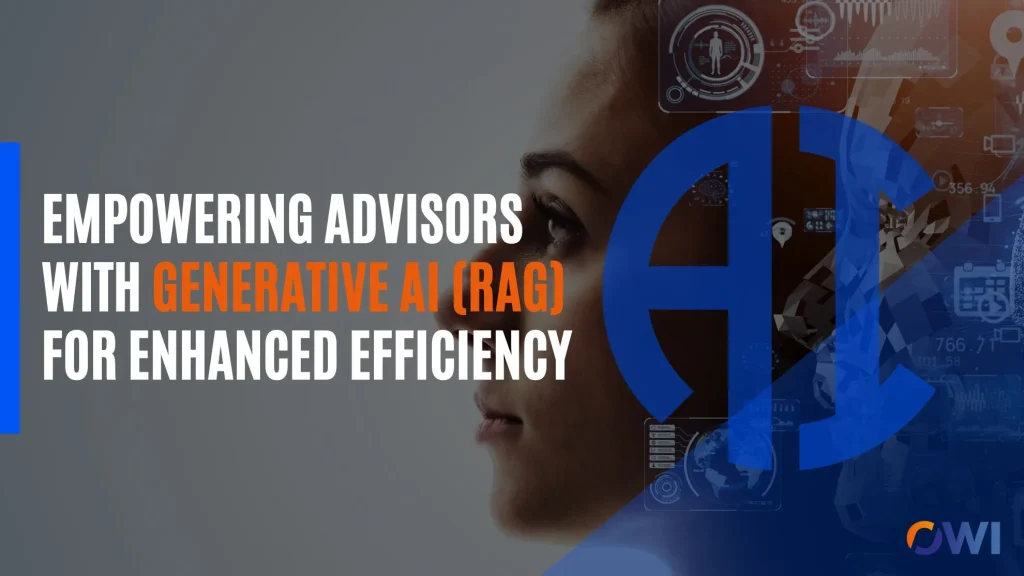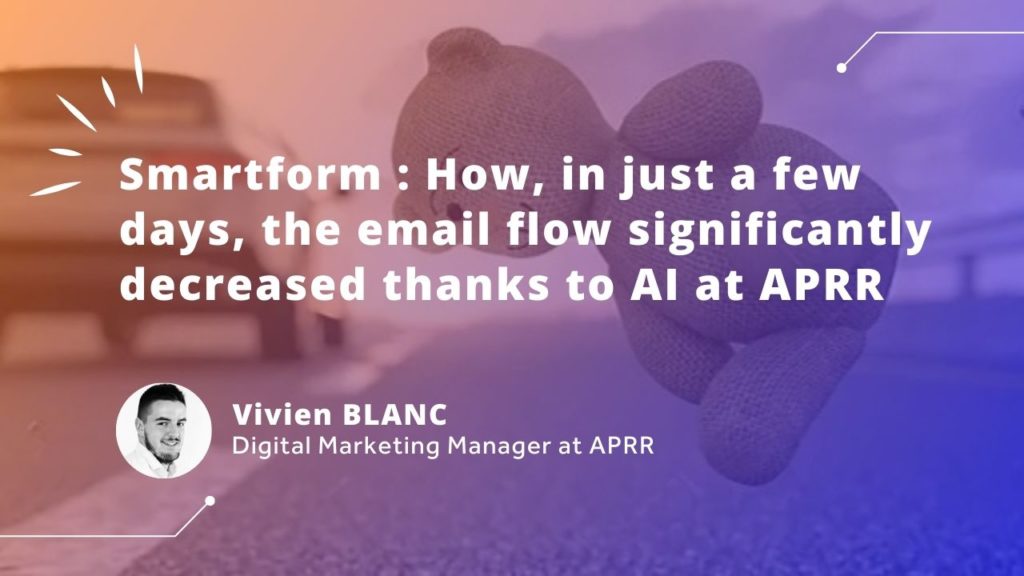In the field of customer relations, AI has now proven its effectiveness, and the majority of consumers are now satisfied with being serviced by a bot (see note 1).
What is the main obstacle to the deployment of AI in customer relations?

While a number of use cases could benefit from artificial intelligence, organizations have been hesitant for some time now, and projects remain on the shelf. Our extensive experience with more than 40 large companies and French administrations has identified the main obstacle (see note 2): the essential training data.
Many players have understood the market’s needs in this regard (and we salute the great success of the young French team at HuggingFace). However, while these offers are increasingly effective for generic needs such as sentiment analysis, they are not suited to handling requests from company customers or users of public services. These tasks require very specific training on the business and internal vocabulary of the organization.
In short, until now, there was no other solution to launch a project than to get domain experts to annotate messages. Not only does this require a significant investment from already highly solicited individuals (expect between 30 and 60 man-days), but these annotations must be made according to classification plans that, built to make an AI efficient, do not really speak the language of the consultants. In other words, this work is costly, tedious, and often of insufficient reliability (see note 3).
How is UTML indeed a solution?
A lot of data is present in internal applications: customer messages in CRMs, workflows, etc., which are associated with qualifications, actions, responses. So why aren’t AI models trained directly from this information?
Let’s take an example in insurance. An insured person sends an email, which is recorded in their history. An advisor classifies it as a “request for a school enrollment certificate,” selects a response message, and their application automatically triggers the sending of the response email with the requested certificate attached.
- One might think that this is simple enough for any AI to automate this low-value-added work, and also standard enough for a very vertical solution to be found for a minimal price. In reality, it’s not that simple. The insured’s request can be ambiguous, and it can be about other subjects. All teams that have conducted this type of project know this: for a model to be sufficiently reliable, it must have been trained on all messages from the “customer relationship flow”, and this model must be capable of detecting at least the main motives. So, if we want to use the information directly present in the IS, we need to do it from sufficiently representative samples, and that cover all the qualifications.
- This is where the technological lock appears: the information present in the IS are results: these data are not only the fruit of the understanding of the message by the advisor, but they follow the application of “Business Rules” that structure internal processes, or a “Knowledge Base” that organizes how to analyze a question to find an answer. In our school certificate example, let’s assume that the customer asked if their contract allowed them to obtain a certificate:
- At one insurance company, the recorded qualification will be “uncovered warranty”
- At another, it will be “up-selling opportunity”
- Of course, in principle, deep learning is capable of adapting its model to directly exploit these qualifications, but this requires a very large volume of data, which is incompatible with what is available in the information systems. Furthermore, reliability would be insufficient because business rules are of a different nature than what an AI model learns: they must be systematically applied. In other words, to understand a qualification present in the information system, it is necessary to identify the business rule(s) (or the unfolding questioning, for a knowledge base) that were applied to obtain this result: that is the principle on which UTML is based.
The benefits of UTML for a company or administration, therefore, include direct utilization of its data, as well as optimal learning (reliability and speed), since the messages are annotated without any loss of quality, according to the formalism of the chosen AI model.
What Does UTML Do and How Can It Be Used?
1.Generate your learning datasets
Simply extract the data recorded in your Information Systems (IS) related to your customers’ messages. We recommend that a business administrator performs a quality check, for example, to eliminate what corresponds to outdated processes or the work of overly junior advisors. In just a few hours, you’ll have your learning data, most often in an XLS format.
2.Protect your data
- When UTML is used alone (not integrated into an OWI AI), the text of the messages is not needed, so you can prepare files that contain only the message identifier and the qualifications present in your IS: no sensitive or personal data.
- When UTML is used as part of an OWI solution, this new use does not impact the guarantees you benefit from in any way.
3.Configure UTML
- Catalog your data: By simply loading this file, you will see the list of data from your IS. You can identify potential errors in these labels and correct them directly in your file.
- Choose an AI model based on your activity: UTML is not interested in the deep structure of the AI model, but only in the organization of the information it produces: the small part of the iceberg that emerges. This configuration can be obtained by loading a file or by input. If your AI is OWI, you just need to designate the model and integrate it into your environment.
- Enter your business rules (or the structure of your knowledge base): Compared to what is in your internal documentation, it is often necessary to adapt the formalism of the business rules to replace certain formulations with the exact labels of the information resulting from the AI model. This is an essential task as it ensures that the model you have chosen is suitable.
4. Start the Transformation: UTML has all the necessary information. Launch the Transformation and observe the annotations that appear. If you’re using OWI’s Machine Learning, you can start it. Otherwise, you’ll retrieve annotated messages in an XLS file, compliant with the model that they will train. New extractions from your IS are available? A few clicks to integrate and transform this new file.
5. Continuous and automatic: We provide “reporting” web services that allow sending real-time UTML what corresponds to a file line of a learning dataset, the transformation is thus carried out in real time. As part of OWI solutions (mailbot, chatbot, callbot), UTML directly uses the information obtained through advisors’ and customers’ actions or reactions to produce annotations. This is how UTML enables continuous improvement of the solution.
6. SaaS or on-premise: For UTML “alone” (available from version V6.3) as for any OWI solution, you can choose between a secure SaaS solution or an installation in a few clicks on one of your servers. Finally, UTML is natively present in all OWI solutions (mailbot, chatbot, callbot, analytics) from version V6.2.
How Does It Work (Overview)?
UTML seeks to “reverse” the calculations that would have been carried out from the results produced by AI to obtain the results chosen by the advisors (note 4). These calculations are of various types, in particular, business rules or the structure of a knowledge base: in the approach retained on UTML, we increase the level of abstraction, which ensures not only precise results but also faster processing.
The UTML algorithm follows the logic of a “SAT Solver” applied to the expected IS results:
- Business rules and/or the knowledge base are generalized into a directed acyclic graph, where each node is a step in the “reasoning” that processes a message based on the AI results. Each edge corresponds to the condition allowing to move from one node to another, and which is associated with a logical formula.
- For each message, the annotations on the IS data are encoded in the form of logical formulas: the nodes of the graph to be reached are identified, the paths allowing to get there are found, and the formulas corresponding to the edges are composed. This results in a logical formula involving the AI results, the satisfaction of which is equivalent to the correct processing of the message.
- A formal logic algorithm is then applied to determine the results that satisfy this formula:
- Converted into “Conjunctive Normal Form”, the formula reveals the results directly necessary for the correct processing of the message
- Logical simplification rules ((a∨b)∧(¬a∨b)≡b, for example) are applied to reduce the size of the formula and avoid creating “noisy” annotations
- When a choice has to be made on a value to advance in the resolution, the results previously produced by the model are always tried first, in order to arrive at annotations that are not too “distant” from the production model.
- All that remains is to transcribe the results provided by this algorithm in the form of an annotation.
The use of formal logic gives great flexibility to the process: any ML classification model is compatible with this approach, by representing the different possible classes by boolean variables.
Note 1: Adoption of bots by consumers
85% of customer-brand interactions will involve the use of chatbots in 2022.*
69% of customers prefer intelligent chatbots to human interaction for their speed.**
74% of customers want to have a conversation with a human for more complex requests.
*Gartner (2018) cited in Building the AI-powered customer center of the future by Customer Think (June 2018)
**Ubisend – Chatbot Survey (2017)
Note 2: Main Obstacles
Detailed analysis of the main causes among projects where difficulties were encountered.
Note 3: Producing Training Data: What Doesn’t Work
17 projects encountered difficulties due to a lack of training data, and yet the difficulty of transposing business data into AI annotations was anticipated.
For 11 of these projects, we assessed that it was mainly the person in charge of this mission (too technical), who failed to properly understand the business language, resulting in general demotivation and, in the end, unreliable annotations.
For 3 of these projects, the external consultant who had been commissioned by the client in place of the business provided annotations that did not conform to the actual expectations of these businesses.
Note 4: Continuous Improvement
When the AI model is already working, either in production or in a pilot phase, UTML will use the results produced by your AI solution and, in addition, will precisely tag the node(s) causing the error, to make the operation of machine learning in continuous improvement more reliable.




